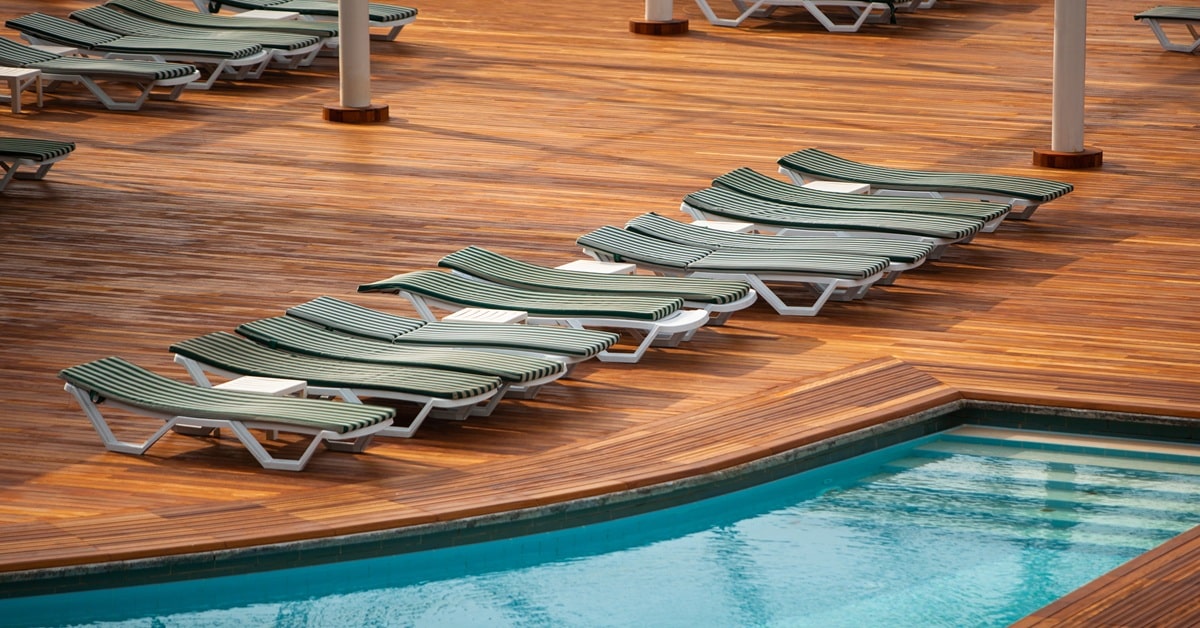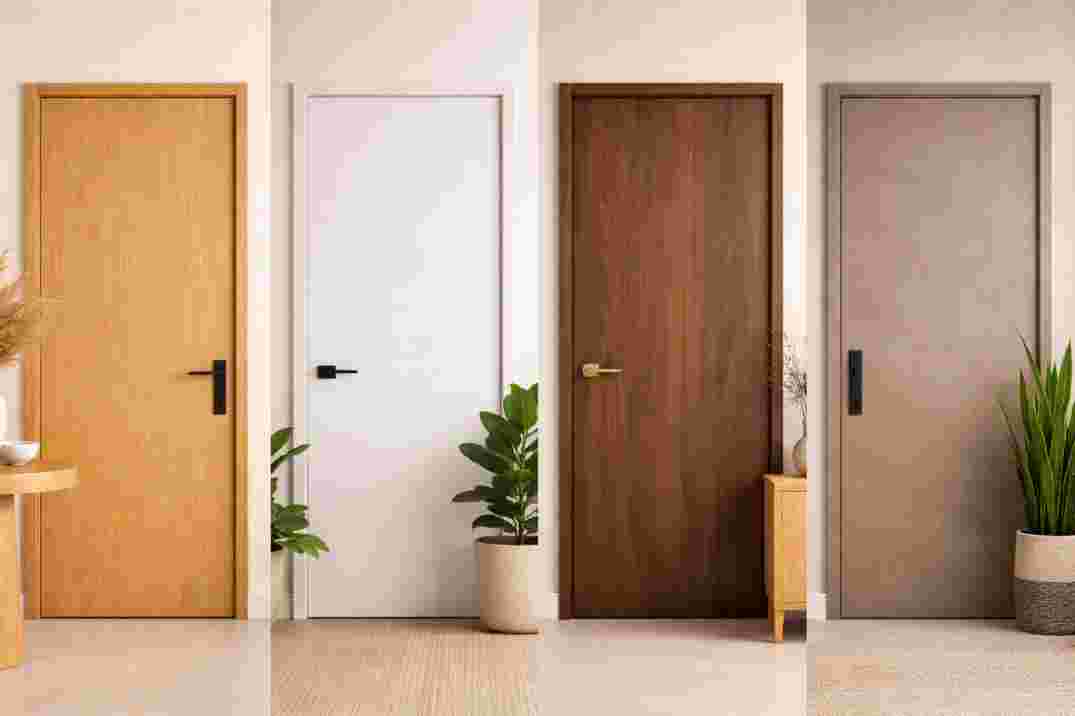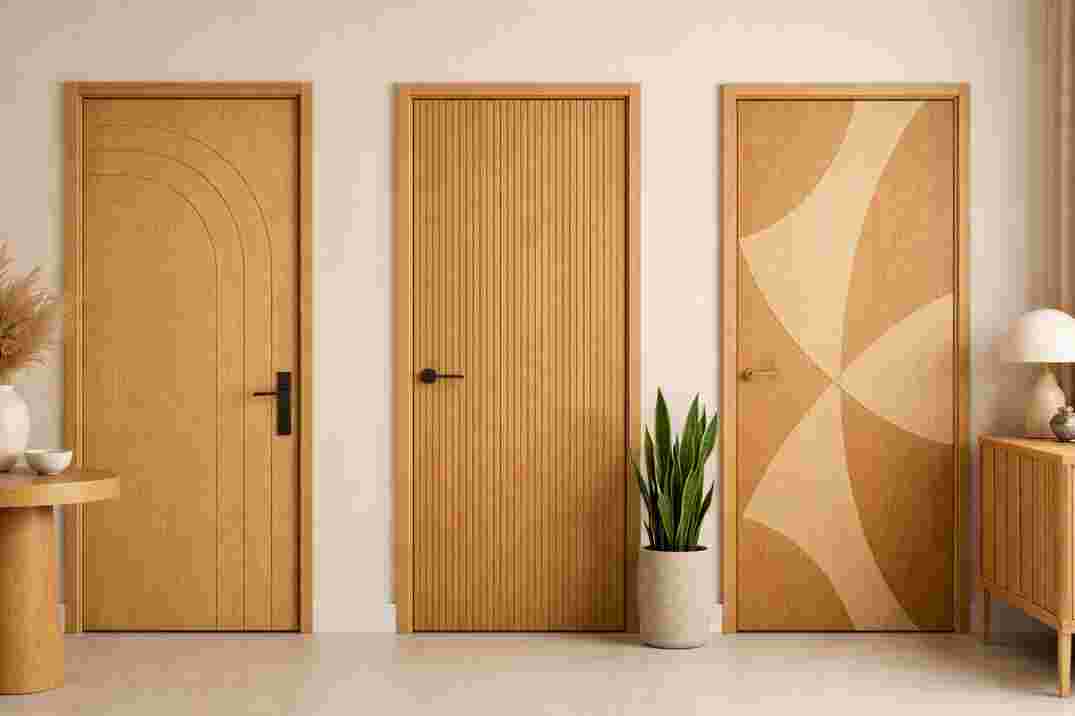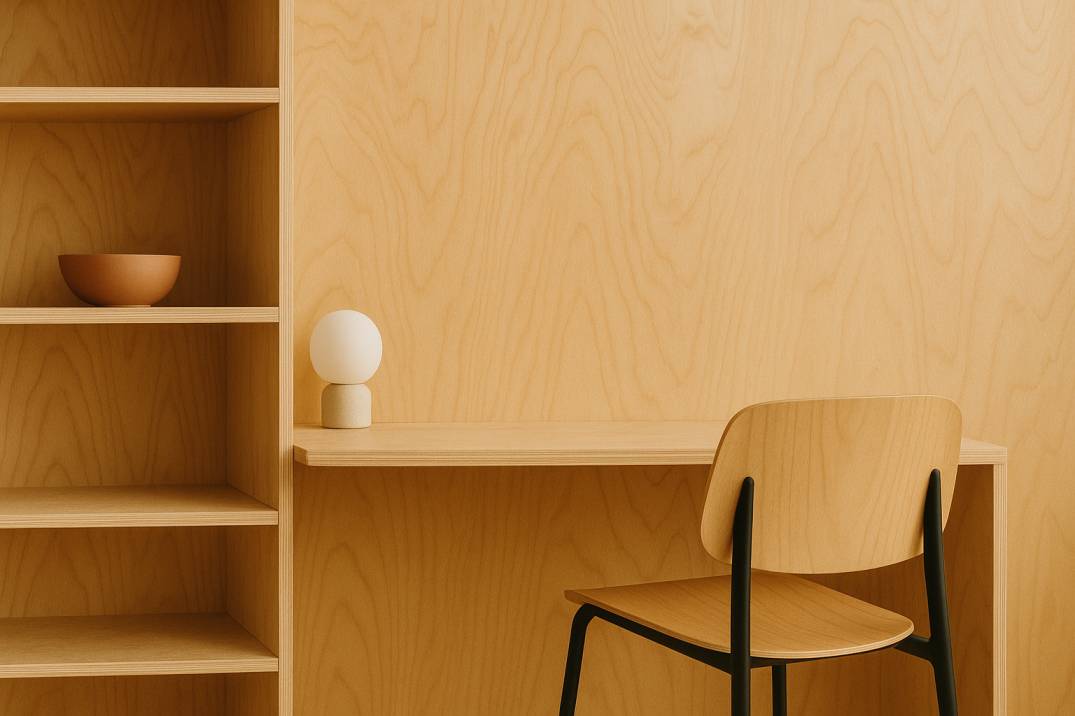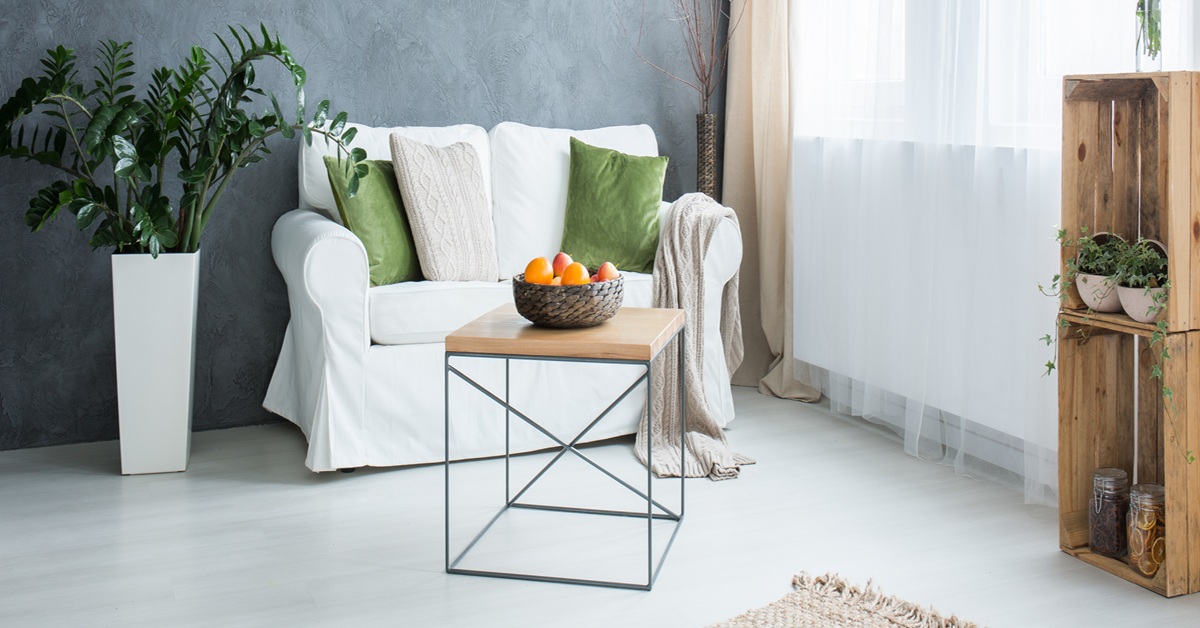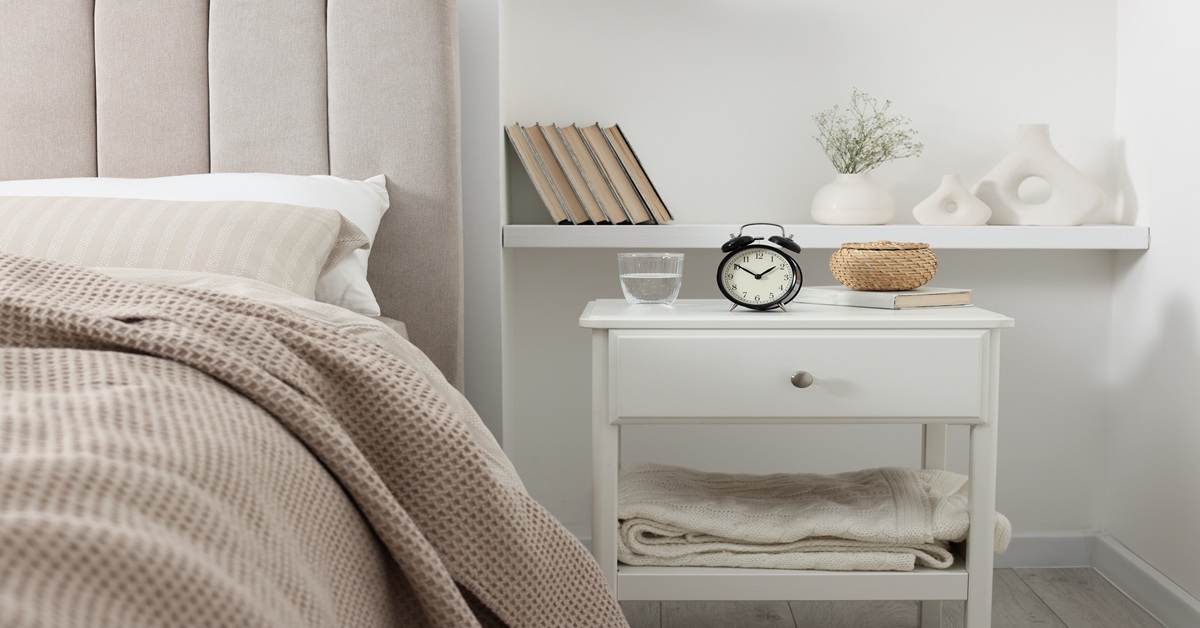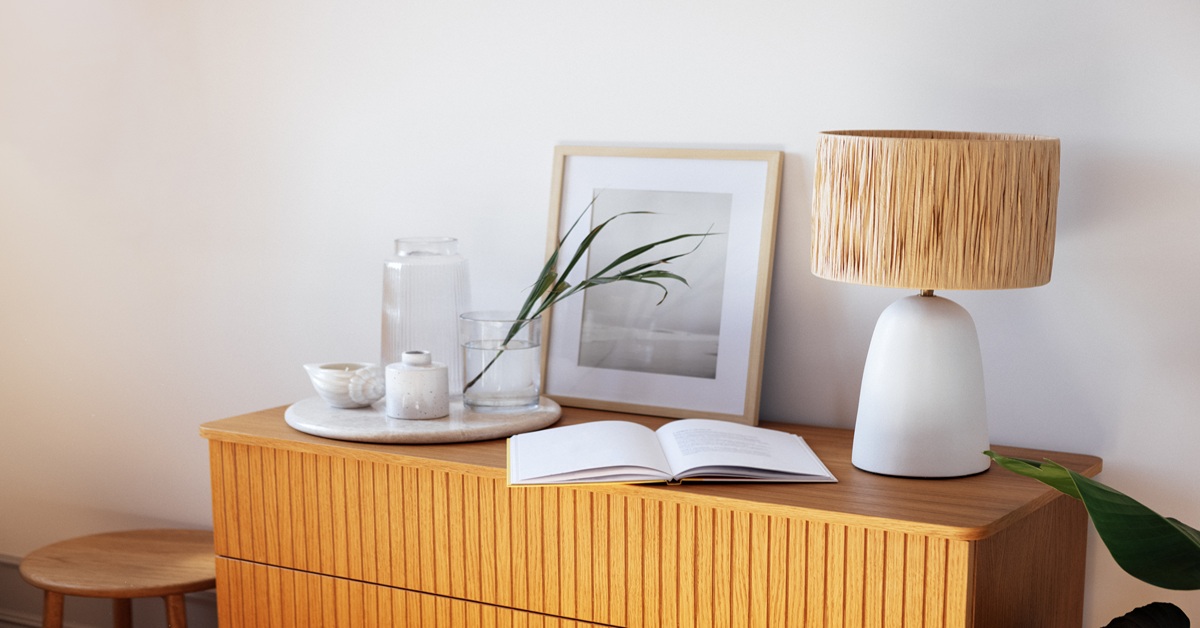Marine plywood is a versatile and reliable material that stands out for its exceptional durability in wet and humid environments. Its unique composition and water-resistant properties make it the go-to choice for applications where moisture exposure is a concern. From building boats to crafting outdoor furniture, marine plywood is a trusted solution for demanding projects.
In this blog, we’ll explore what marine plywood is, what makes it suitable for wet conditions, and how to choose the right type for your needs.
What is Marine Plywood?
Marine plywood is a premium-grade plywood designed for high moisture and water exposure. It is manufactured using high-quality hardwood veneers that are bonded with waterproof phenolic resin. The construction is free of voids, knots, or defects, ensuring uniform strength and durability.
Unlike standard plywood, marine plywood is specifically engineered to withstand prolonged exposure to water without warping, swelling, or delaminating.
Key Features of Marine Plywood
1. Water Resistance
Marine plywood uses phenol-formaldehyde resin, a waterproof adhesive, which prevents water penetration into the layers. This feature makes it suitable for wet environments and even direct water contact.
2. High-Quality Hardwood Veneers
The veneers used in marine plywood are of superior quality, ensuring consistent strength and durability. They are carefully selected to eliminate defects such as knots or splits.
3. Void-Free Construction
Marine plywood is constructed without gaps or voids between the layers, reducing the risk of water retention and structural weaknesses.
4. Resistance to Rot and Fungus
The wood and adhesives used in marine plywood are treated to resist fungal growth and decay, ensuring longevity in humid environments.
5. Dimensional Stability
Marine plywood maintains its shape and integrity even under fluctuating temperatures and moisture levels, making it ideal for outdoor and marine applications.
What Makes Marine Plywood Ideal for Wet Environments?
1. Phenolic Resin Bonding
The use of phenolic resin ensures that the plywood remains intact even after prolonged exposure to water. This adhesive is resistant to boiling water, making the plywood suitable for submerged conditions.
2. Durability in Extreme Conditions
Marine plywood is designed to endure harsh environmental conditions, including heavy rainfall, high humidity, and saltwater exposure.
3. Rot and Decay Resistance
Wood rot and decay are common issues in wet environments. Marine plywood’s resistance to these problems makes it a durable choice for projects exposed to moisture.
4. Strength and Stability
The cross-grain structure of marine plywood enhances its strength, ensuring that it does not warp, crack, or split even under stress.
5. Eco-Friendly Options
Some marine plywood varieties are manufactured using sustainable wood sources and low-emission adhesives, making them an eco-friendly choice for construction.
Common Applications of Marine Plywood
1. Boat Building
As the name suggests, marine plywood is widely used in the construction of boats, yachts, and docks. Its water resistance and structural integrity make it ideal for marine environments.
2. Outdoor Furniture
From garden benches to patio tables, marine plywood is an excellent choice for furniture exposed to the elements.
3. Bathroom and Kitchen Cabinets
The moisture resistance of marine plywood makes it a preferred material for cabinets and furniture in bathrooms and kitchens.
4. Flooring
In areas prone to dampness, such as basements and outdoor decks, marine plywood provides a stable and durable flooring option.
5. Walls and Ceilings
For construction projects in humid regions, marine plywood can be used for wall and ceiling paneling to prevent warping and mold growth.
How to Choose the Right Marine Plywood
1. Check for IS:710 Certification
IS:710 is the Indian standard for marine-grade plywood. Always verify this certification to ensure the plywood meets quality and performance standards.
2. Inspect the Veneers
High-quality marine plywood will have even, defect-free veneers. Check for uniform thickness and a smooth finish.
3. Confirm Void-Free Construction
Examine the edges of the plywood sheet to ensure there are no gaps or voids between the layers.
4. Consider the Thickness
Marine plywood comes in various thicknesses, typically ranging from 4mm to 25mm. Choose the appropriate thickness based on your application.
5. Look for Treatment
Ensure the plywood is treated for termite resistance and fungal protection, especially for outdoor applications.
6. Opt for Reputed Brands
Reputed manufacturers maintain high production standards and provide warranties, ensuring the quality and durability of their products.
Benefits of Using Marine Plywood
1. Longevity
Marine plywood offers exceptional durability, making it a cost-effective investment in the long run.
2. Versatility
Its strength and water resistance make it suitable for a wide range of applications, from construction to furniture.
3. Low Maintenance
Marine plywood requires minimal upkeep, even in harsh environmental conditions.
4. Aesthetic Appeal
The smooth surface and uniform finish of marine plywood allow for seamless application of laminates, veneers, or paints.
Maintenance Tips for Marine Plywood
To maximize the lifespan of marine plywood:
- Apply a protective coating or sealant to enhance water resistance further.
- Avoid prolonged direct exposure to harsh weather when possible.
- Clean and inspect regularly for signs of wear or damage.
- Use rust-resistant fasteners for installations in outdoor or wet environments.
Limitations of Marine Plywood
While marine plywood is highly durable, it does have some limitations:
- Cost: Marine plywood is more expensive than regular plywood due to its premium materials and manufacturing process.
- Weight: Its high density makes it heavier, which can pose challenges during handling and installation.
- Not Completely Waterproof: While highly resistant, prolonged submersion or severe weather can eventually affect its integrity.
Conclusion
Marine plywood stands out as a superior material for wet and humid environments, thanks to its durability, water resistance, and structural integrity. Whether you’re building a boat, crafting outdoor furniture, or working on a kitchen renovation, marine plywood ensures that your project withstands the challenges of moisture exposure.
For premium-quality marine plywood that meets the highest standards, consider exploring Wigwam’s extensive range of products. With a commitment to quality and performance, Wigwam provides reliable solutions for all your construction and furniture-making needs. Discover the ideal marine plywood for your next project with Wigwam today!

